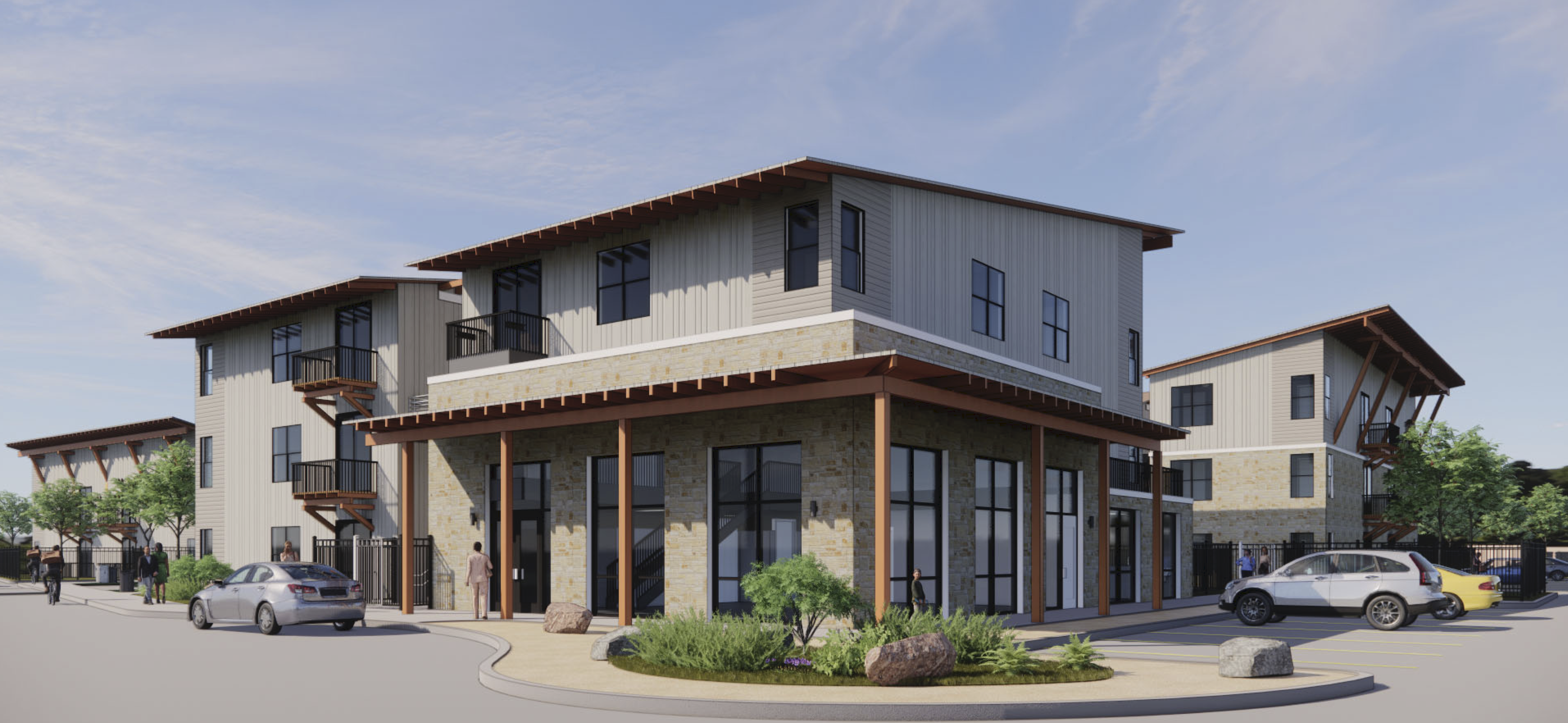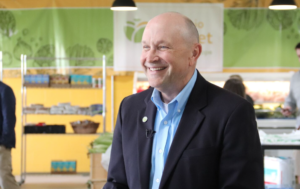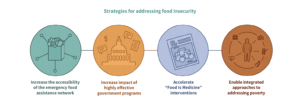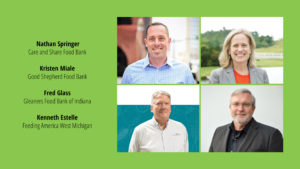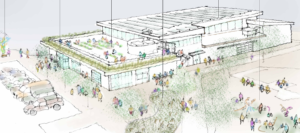Food banks often do more than basic food distribution by offering programs that help people gain a foothold out of poverty. Workforce training, financial literacy classes and access to benefits all fall within this category.
Now, San Antonio Food Bank is expanding even further the definition of what a food bank does. Its construction of an apartment complex for working families makes it the first food bank in the nation to build affordable housing.
President and CEO Eric Cooper doesn’t see the effort as too much of a stretch, given the food bank’s overall goal of helping people. Compared to organizations that keep a strict focus, “I believe it’s OK to change lanes,” he said. “Just stay on the same highway. We’re not in danger of going off-roading because what we do is people.”

The food bank hopes to be welcoming people into the Apple Seeds Apartments by summer 2022. Built with families with children in mind, the transitional housing development will be located right next to one of the food bank’s existing distribution centers. It will offer an on-site child care center and 51 high-quality apartments at about 25% off market rates.
In addition to the savings, families will benefit by having a portion of their monthly payments put into an account that they’ll be able to access at the end of their two- to three-year rental. Food-bank case managers will work with families to identify how best to use the funds, such as for debt reduction, education or other housing.
The temporary support is expected to help families build up equity and assets, and ultimately a pathway out of poverty. “The strategy is to try to give a little breathing room so there’s stability and security,” Cooper said. “It will be interesting to see how this changes their trajectory.”
San Antonio Food Bank, one of the largest in the country, so far has raised about $8 million of the $9.2 million it projects is necessary to complete the project. Once the units are occupied, Cooper expects the program to sustain itself through rental payments, alleviating the need for additional fundraising.
Staffing needs should be minimal. Employees currently doing case management will simply add housing as an additional benefit channel. And facilities managers at the distribution center next door will be able to help oversee the new building. In all, Cooper expects to add about three additional staffers to cover facility and case management needs.
The food bank plans to select clients who are positioned to be successful, with a current job or income, and ability to articulate how the housing will help them achieve their goals. The idea is not to handle emergency situations, like homelessness or addiction, but rather provide a stepping stone to families on the way up.
Some programming is expected to be available at the complex, such as family meal nights to help build relationships and community. Classes for things like nutrition education and financial literacy will also be available, but not required nor burdensome. “We think people just need a break,” Cooper noted.
It’s unclear whether other food banks will follow San Antonio Food Bank’s lead into affordable housing. The initiative was never part of a grand strategic plan at the food bank; it was more of a perfect commingling of events.
A local foundation had bought the parcel of land next door to the food bank’s distribution branch and struggled for about eight years to find a nonprofit housing partner that would take on the project. With no luck, it finally turned to the food bank.
Food bank management and board recognized the tough choices people were often making to afford both housing and food in a fast-growing, high-rent area. The county where the complex will be located has the second-highest number of food-insecure people in the food bank’s 29-county operating area, Cooper noted.
“There were conditions that made this a very tailored situation,” he said, adding that the food bank had credibility, trust and momentum in the community.
It also had a reputation for thinking big. “It’s interesting that this community sees the food bank not as a food bank,” Cooper noted. “They see it as a social services organization solving problems.” — Chris Costanzo
CAPTION ABOVE: A rendering of the affordable housing complex San Antonio Food Bank is building.
Like what you’re reading?
Support Food Bank NewsConnect with Us:
